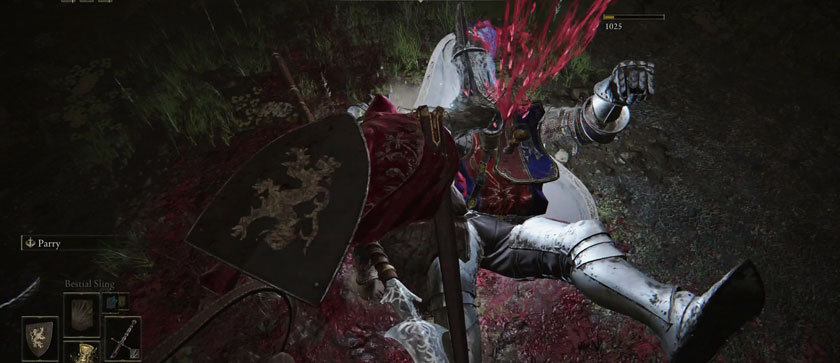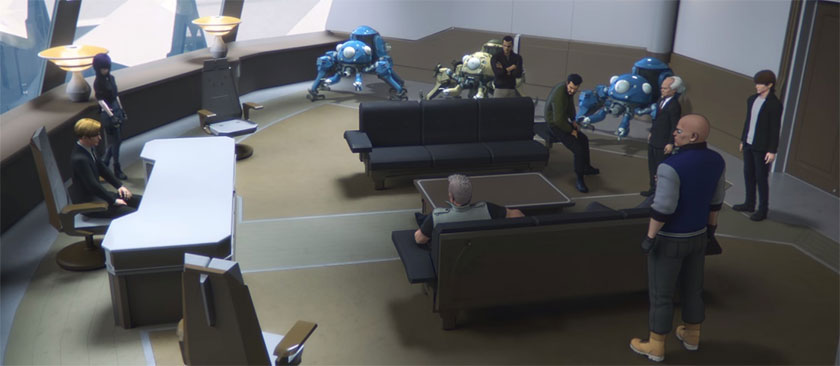Masters of Doom is a Masterful Book

I was still in elementary school when I was first exposed to Doom. It was through no ingenuity or knowledge of my own that I came to witness it, but that of my high-school aged older brother. I had descended down the basement where our not-so-great computer was kept, my father believing such a machine need only be powerful enough to run Microsoft Office (a philosophy he maintains to this day). I don’t know which of his friends my brother had gotten the floppy disk from, or if he had found it on his own somehow else, but he had installed the game and been playing it that afternoon. Upon seeing me walk down the steps, around our father’s drum set and towards the cold corner in which the computer was kept in our unfurnished basement, he had reset the title so that I could give it a try from the beginning.
Of course, he then hurried upstairs, grinning that smarmy grin of his as he left me by my lonesome. I decided to start the game up, already disturbed somewhat by the Hellish imagery that would look cartoonish and absurd by modern standards. I don’t know if it was due to the lack of such state-of-the-art technology as a CD-ROM or some other crucial piece of missing hardware – were there even sound cards back then? – but none of the game’s headbanging thrash MIDI played. Instead, the Mars base was completely silent save for the cackling of demons in the next room, hurling fireballs in my direction.
Rather than being pumped up and ready to deliver hot lead into soft demon tissue, I got frightened, shut the game down, and sprinted out of our already creepy basement and up to my brother. I recall he was surprised to see me upstairs so quickly, but he was also amused that I got so unnerved by it. It was as if he had predicted my terrified response, which is why he was so glad to leave me down there alone in the first place.
I had no idea this creepy game was about to become one of the biggest PC releases ever, nor that it was giving birth to a whole new genre, or that its developers, John Carmack and John Romero, were changing the nature of game development forever. Now, almost twenty years since the book was published, I’ve been given a fresh and impressive new perspective from Masters of Doom.
Elden Ring Piece-by-Piece: The Combat

This article is the third in a series exploring the game Elden Ring and its design. You can read the prior entry on the freedom of the open world here.
Unfortunately I cannot be as thorough as I’d like to be regarding Elden Ring’s combat. I’ve barely experimented with magic, whose reputation of being overpowered has been betrayed by my difficulty to construct a satisfying build of the mystical arts early on. I stubbornly insisted on playing a dex-based warrior on my first playthrough, which in hindsight seems to be the least efficient type of character unless you possess magical back-up abilities. In the end, I simply don’t have enough experience to thoroughly discuss the balance of classes, techniques, and spells towards particular playstyles, or which ones the game itself seems to best accommodate.
I must also confess doubt as to whether anyone could experiment with so many builds in such a span of time whilst maintaining objectivity over the game’s quality. Such players are likely already experienced in playing around with From’s systems from prior games, and therefore they are less likely to perceive potential flaws as anything but a feature. When it comes to proper, in-depth analysis of the intricacies of class builds and viable play styles, we’ll likely not see anything with depth or value for another year or two.
Despite my inability to examine Elden Ring’s combat to the most minute detail, I can still look at many of its mechanical additions and what benefit they offer to the game’s combat. In fact, I’ve already learned how difficult it can be to go back to their prior titles, having started a new game in Dark Souls 3 and fought through a few bosses. I would definitely say that, for many players, Elden Ring could be the most enjoyable Soulsborne title to be developed by From Software due to how many dynamic options are now available.
Eh! Steve! Doesn’t Square Enix stink?
Ghost in the Shell: SAC_2045 Was a Disappointment

I don’t know where I stand in regards to the notion that Western corporations are starting to put their fingerprints all over the Japanese anime industry. It’s not like there’s a complete lack of evidence or sources, but aside from the hefty bags of money companies like Netflix and Crunchyroll use to persuade studios to make what they want, it’s uncertain whether they’re having a visible impact into how the shows are made. I already have a healthy distrust of Western translation of video games, anime, and manga due to the “I Made This” attitude of many of the industry’s translators, masquerading liberal reinterpretation and modification as “localization”. Of course, that is an incendiary topic all its own, and one filled with ignorant arguments and perspectives on “both sides” of the fence (which, like so many things these days, shouldn’t even be about “sides”).
Intricacies of localization and arguments of accuracy aside, Ghost in the Shell: SAC_2045 is just one of those shows that leaves me wondering whether it has such Western meddling involved due to such additions as one particularly pink-haired member: Purin Esaki. I’d say that she is the Jar Jar Binks of the show, only I feel as if my meaning would be too misunderstood. It’s more like she’s a character from the Star Wars sequel series dropped into the straight-laced world of Star Trek: The Next Generation, there to appeal to the young crowd and their TikToks and Instant Grahams. She’s also super special and magically talented with computers and hacking because of course she is. Everything about her screams “audience self-insert” in a way that feels out of place for Ghost in the Shell: SAC_2045.
Which is a shame, because in the latter half of the series, she could have been a far more suitable exploration of Ghost in the Shell’s best themes.
This essay will immediately go into some pretty big spoilers for the show, so be alert in case you plan to read onward.



Comments